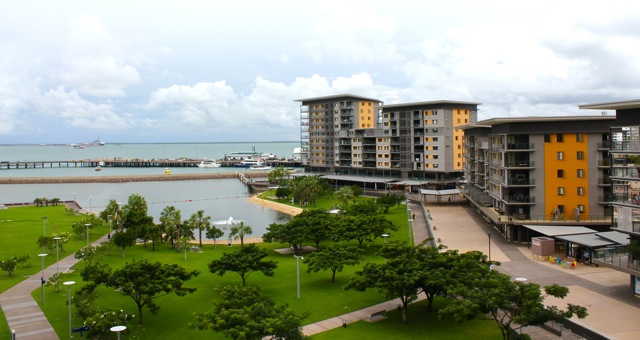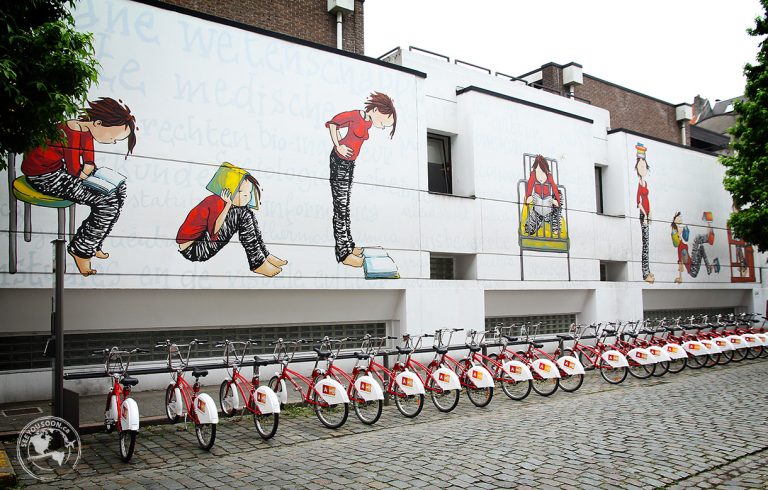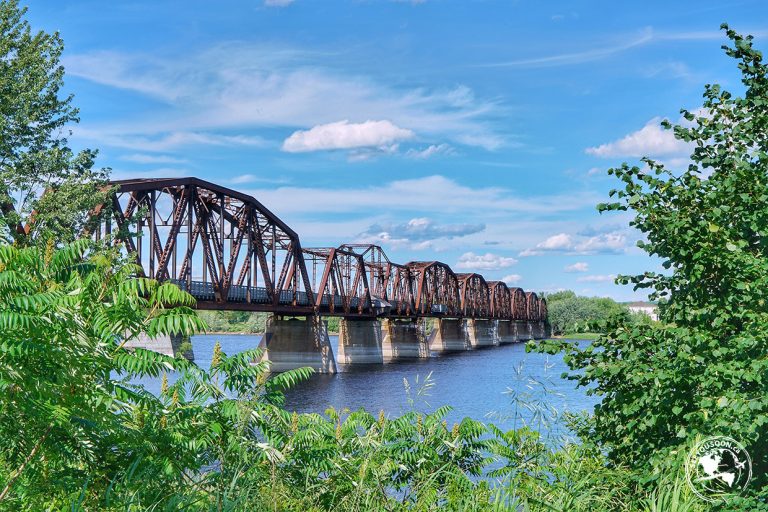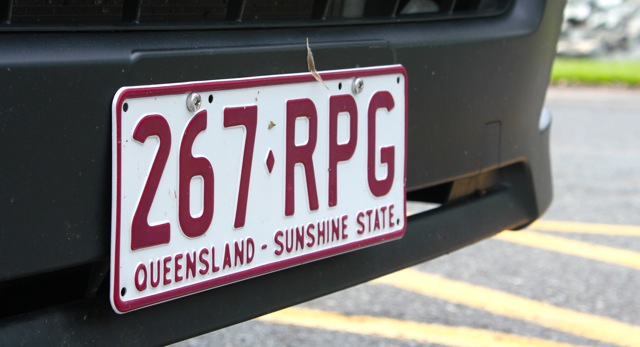‘The Top End’ of Australia: What to See and Do in Darwin
Located on the northern coast and affectionately called “The Top End” of Australia, sits a charming and relaxing city called Darwin. With only a small population of about 130,000 and isolated from most of the country, this capital city of the Northern Territory is starting to see a rise in tourism. With its cheap flights to and from Southeast Asia and its year-round warm tropical climate, many travelers are taking the time to explore what this area in Australia has to offer.
Originally named Palmerston in 1869 and renamed Darwin in 1911, the area has a diverse and storied history. It was once the centre of a booming gold rush, provided a line of defense for the Allied Forces during WWII (and eventually sustaining a large Japanese attack), and felt nature’s wrath when Cyclone Tracy ripped through the area, destroying over 70% of the buildings in 1974. Today, Darwin is a very multicultural and modern city made up of a number of surrounding suburbs, with a number of national parks and a beautiful coastline to keep any nature lover busy for months.
For us, Darwin was our starting point in Australia. With a cheap $45(USD) one-way flight each from Bali, it seemed like a no-brainer to start the Australian leg of our travels here. Plus, we were eager to check out a place in the country that not many Australians can even say they’ve been to.

We spent a few days in the area, mainly sticking to the central business district (CBD) and walking to some of the nearby attractions. The CBD was very quiet and during the day when most people were at work, actually felt rather deserted. Even at night there wasn’t a big party scene, but rather a more subdued atmosphere with people enjoying a pint on a patio.
We had to adjust a bit to the calmer way of life in Darwin, especially after coming from a more frantic pace in Southeast Asia. But it was a welcomed change for us.
The entire CBD area can be explored on foot and provides a number of interesting sites and historical buildings worth checking out. You can easily do most of these sites in about a day as well.
Town Hall Ruins

Located on Smith Street, this is all that remains after Cyclone Tracy tore through Darwin in 1974. Originally opened in 1883 as a social gathering place, a local court, library and meeting place, it was later occupied by the Commonwealth Bank in 1937 for 3 years. It was used as a shore base for the navy in 1941 and later a motor vehicle registry and museum before Cyclone Tracy completely devastated it.
Christ Church Cathedral
On the opposite side of Smith Street lies the Christ Church Cathedral. Originally opened in 1902, it was damaged and looted during the Japanese invasion in WWII. It too sustained serious damaged when Cyclone Tracy hit, with only the porch and gateway remaining in its wake. The cathedral was rebuilt in 1976 to what you see today.
Administrator’s Office

Located on the corner of Smith Street and the Esplanade, this was the building that held the first courthouse in the Northern Territory. It was originally constructed in 1870 and rebuilt 13 years later with better materials. Since then, it has housed a police station, including cell blocks, survived the Japanese raids during WWII, was occupied by the Royal Australian Army, and was only partially destroyed by Cyclone Tracy. A lot of the original stone was saved and the building was restored as close to the original as possible before being re-opened in 1984. It is now the offices of the Northern Territory Administrator.
Waterfront and Warf Precincts

Down on the waterfront is a huge area that has been transformed into a recreational, living, and entertainment complex. There are hotels, restaurants, cafes, an international cruise ship terminal, a convention centre, a recreational lagoon and even a wave lagoon. This is definitely one of the highlights close to the CBD area with a fun, playful vibe and views of the ocean.
George Brown Darwin Botanic Gardens

About a 25-minute walk outside of the CBD area is the George Brown Darwin Botanic Gardens. Covering 42 hectares of land, the gardens were established here in 1886. You can walk around the grounds freely, checking out the over 400 species of palms and cycads along with a large variety of Northern Australian plant species and other tropical species found around the world. Pack a picnic and enjoy the peace and tranquility the grounds offer.
If you have a bit more time in the area and easy access to transportation, a few other places to check out would be Mindil Beach for its evening markets and ideal location to watch the sunsets, Litchfield or Kakadu National Parks for camping, hiking, and nature exploration, or the Tiwi Islands just 80km north off the coast of Darwin and home to the Tiwi Aboriginal people.
We spent a total of 3 days in Darwin and had a really nice time. The people were friendly and we met a number of travelers who were calling Darwin home during their work-and-play visa period. And although it was a little quieter than we would have liked, it gave us the opportunity to slow down and recharge the batteries before continuing on along the eastern coast of Australia.




